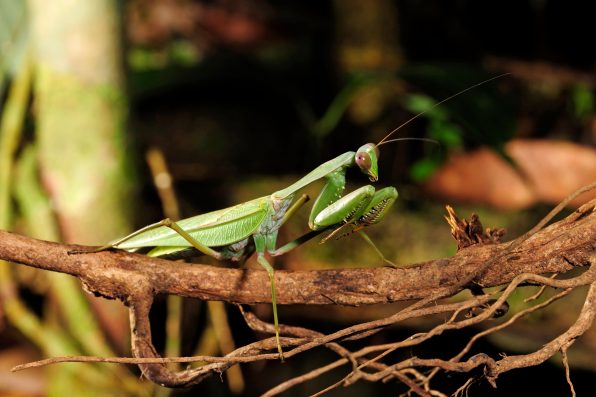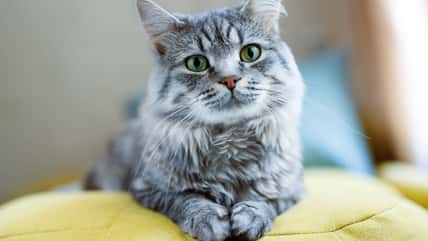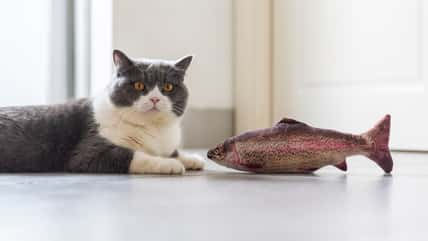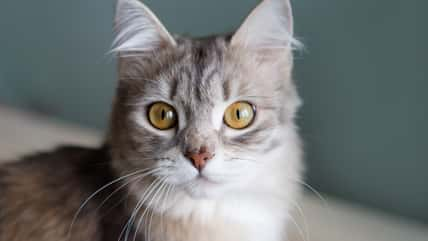If Insects Don’t Bug You, The Giant Asian Mantis Is Actually A Popular Pet And Makes For A Great Companion

Generally, people find bugs to be creepy and view them as nuisances. However, there are more than a few individuals out there who are utterly fascinated by insects and don’t mind being around them at all. In fact, they might believe that bugs make the perfect household pet!
It makes sense, considering that bugs are small, inexpensive, and relatively low-maintenance, not to mention they are a natural fit for terrariums. They don’t require much room to thrive, which is ideal for those living in more compact spaces.
Plus, keeping a bug as a pet is a great alternative to the furry, four-legged animals that trigger your allergies.
There are also so many varieties of insects to choose from. You can take your pick of shiny, metallic beetles, delicate winged creatures, and any number of exotic, colorful species.
For instance, the giant Asian mantis is a popular option. If you want to adopt a pet bug, the giant Asian mantis will make a wonderful companion. Let’s dive into the insect’s care requirements!
The giant Asian mantis, or Hierodula membranacea as it’s known scientifically, is one of the most common species of mantis that is kept as a pet. Unsurprisingly, it is native to Asia, particularly the central and southeastern regions.
These bugs are usually green, but they can also be yellow, brown, or beige. Their coloring depends on the conditions of their environment. In just a matter of days, they can develop a different color.
As far as mantises go, the giant Asian mantis is one of the largest species of mantis that can be reared successfully in captivity. The stick-like insect bears no resemblance to any other of Earth’s creatures.
It has hypnotic eyes, a slightly tilted head, and constantly appears to be in prayer. Adult males will grow up to three inches, while females run a little bigger and can reach up to 3.5 inches. They have wings that help them fly short distances and navigate their habitat.

bennytrapp – stock.adobe.com – illustrative purposes only, not the actual insect
This species is highly efficient when it comes to hunting. They launch into action once they spot their prey.
They are pretty mean predators and are not easily intimidated, sinking their teeth into live crickets, flies, grasshoppers, cockroaches, and locusts.
Bigger insects don’t scare the giant Asian mantis. It will attack anything half its own body size. In the wild, larger mantises will even take on small rodents, reptiles, and hummingbirds.
Being from tropical areas, the giant Asian mantis enjoys temperatures between 68 degrees and 80 degrees.
Keep humidity levels between 40 and 60 percent. Make sure the humidity isn’t too high because that’s one of the leading causes of death for this species.
Give the enclosure a light misting every other day so your mantis can get a drink of water. Use spring water or distilled water and spray around it.
The size of the tank should be at least three times the length and twice the width of the mantis. There should also be adequate ventilation and plenty of plants and perches for the mantis to rest on.
Branches will serve as good hanging posts for the mantis when it comes time for molting.
It is not recommended to house multiple mantises together since they might kill each other off. On average, a giant Asian mantis will live up to a year.
Sign up for Chip Chick’s newsletter and get stories like this delivered to your inbox.
More About:Animals





